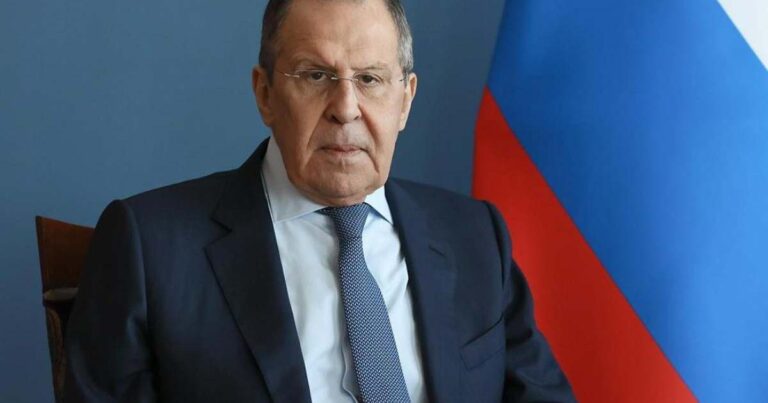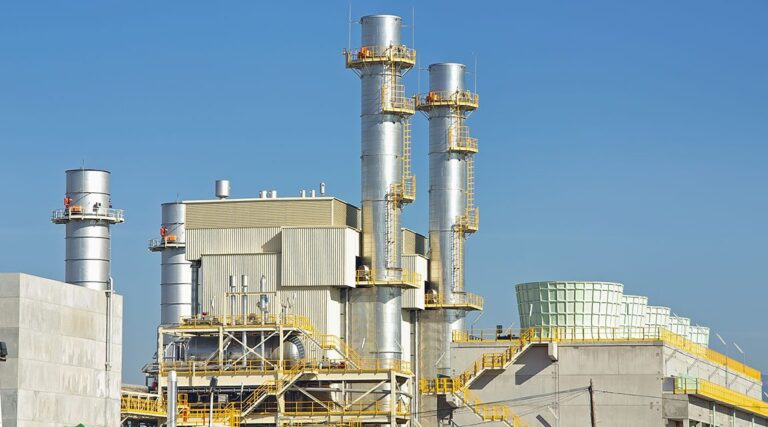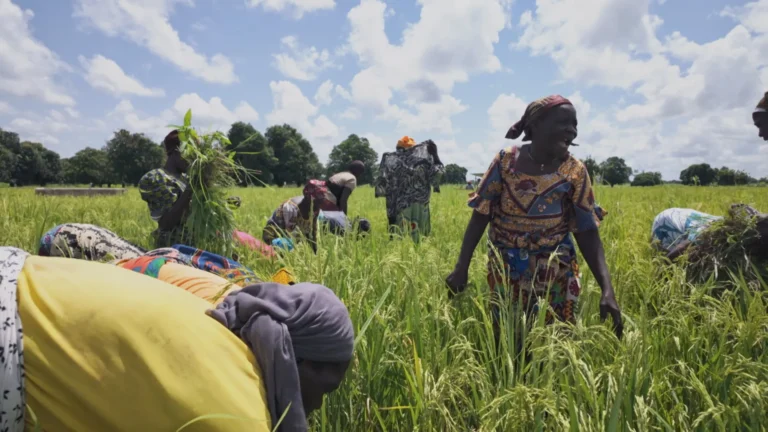
The Moroccan economy recorded a robust growth of 5.5% in the second quarter of 2025, driven primarily by a rebound in domestic demand and the recovery of economic activities, the High Commission for Planning (HCP) reported.
This marks a notable acceleration from the 3% growth recorded in the same period in 2024, and builds on the Kingdom’s overall 3.7% growth for 2023.
The HCP highlighted that domestic demand played a decisive role in sustaining the expansion, supported by controlled inflation and moderate financing pressures within the economy. Non-agricultural sectors registered a 5.5% increase in volume, while agricultural activities grew by 4.7%.
Despite the overall rise in the primary sector, the report noted a decline in fishing output by 7.7%, contrasting with the 4.7% increase in agriculture, which helped drive the sector’s 4.2% value-added growth after a 4.8% contraction a year earlier.
Industrial and construction activities also contributed significantly to the growth. The secondary sector’s value added expanded by 7.4%, up from 3.1% in the second quarter of 2024.
HCP attributed this performance to gains in electricity and water production (+8.9%), processing industries (+6.9%), and buildings and public works (+6.7%).
The tertiary sector showed a moderate acceleration, with growth rising from 4.2% to 4.8%.
Key drivers included accommodation and catering (+10.5%), public administration and social security services (+4.8%), and vehicle trade and repair (+4.4%).
However, certain activities, such as education, health, and social action (+5.7% compared to 6.4% previously) and transport and storage (+4.3% versus 7.9% previously), experienced a slowdown.
At current prices, Morocco’s GDP increased by 7.8% in Q2 2025, compared with 6.9% a year earlier.
The report also noted a moderation in overall price levels, with inflation easing to 2.3% from 3.9% in the same quarter of 2024.
The HCP’s data underscores a period of sustained economic momentum, highlighting Morocco’s ability to combine growth with controlled inflation, while signalling areas such as transport and social sectors where targeted interventions may be needed to maintain balanced development.



